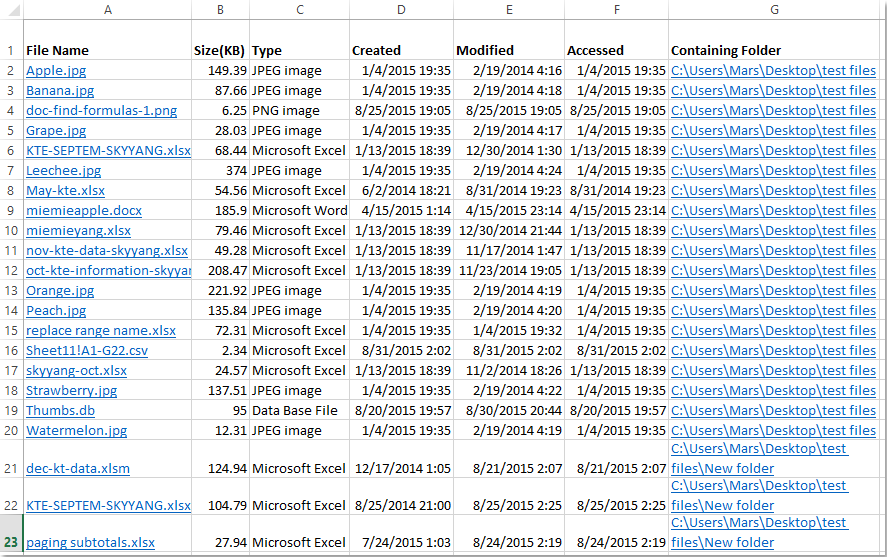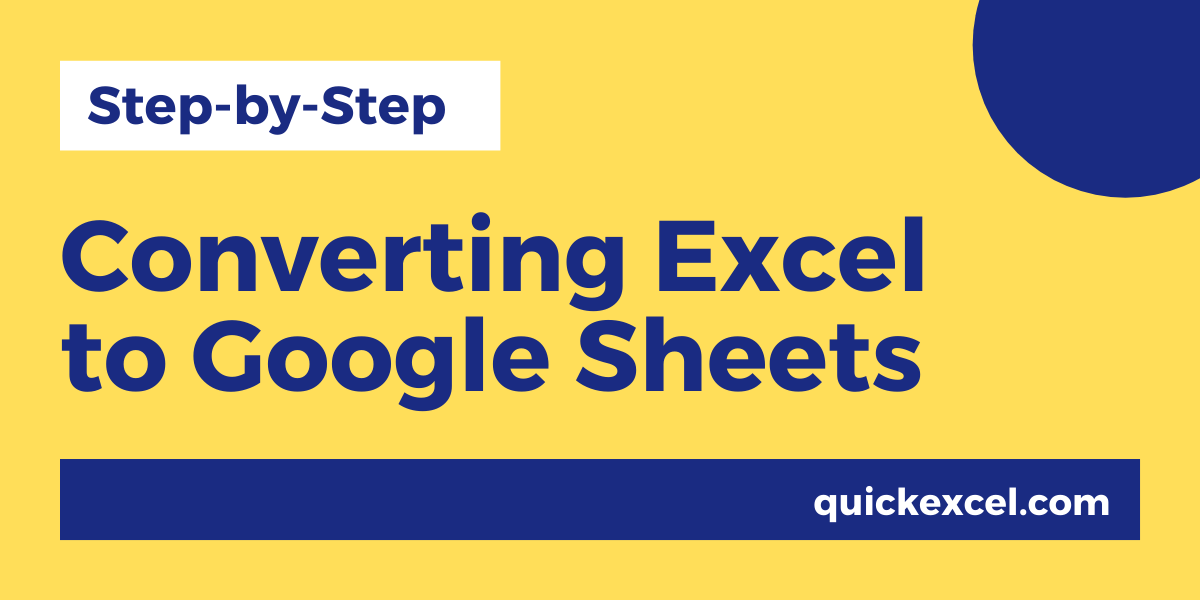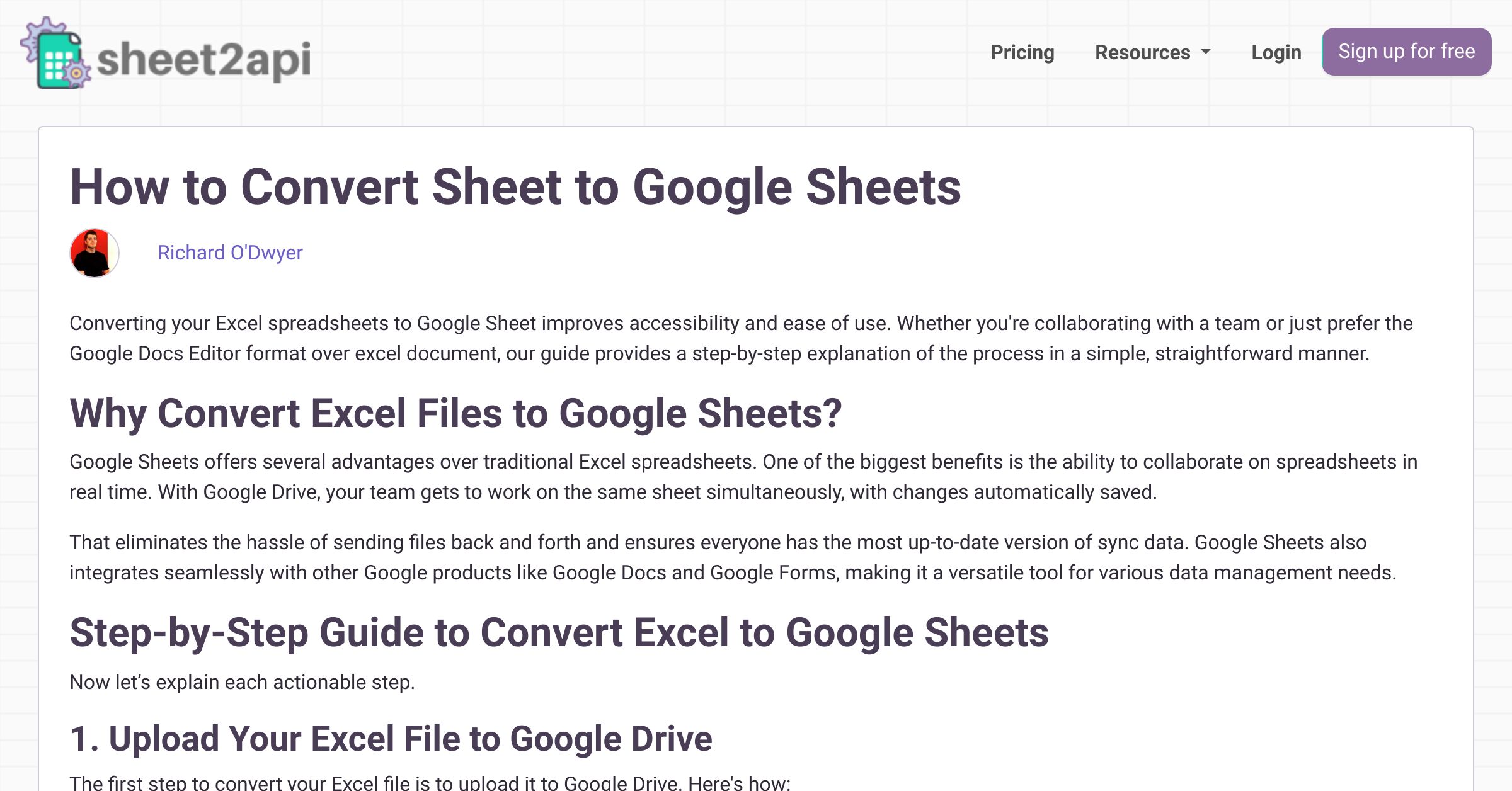5 Easy Steps to Export Excel to Google Sheets

Imagine you're at work, and your manager has just asked you to compile data from multiple Excel files into one master spreadsheet. Instead of opening each file manually, reformatting, and copy-pasting, wouldn't it be great if there was a seamless way to integrate your work across Microsoft Excel and Google Sheets? This guide will walk you through a process that not only makes this task easier but also enhances your productivity by leveraging the strengths of both platforms.
Why Move from Excel to Google Sheets?

Before diving into the “how,” let’s explore the “why.” Here are some compelling reasons to consider this shift:
- Collaboration: Google Sheets is designed for real-time collaboration, allowing multiple team members to edit a spreadsheet simultaneously.
- Cloud Storage: With Sheets, your data is stored in the cloud, reducing the risk of data loss and providing universal access.
- Automations: Google Sheets integrates seamlessly with other Google services and third-party tools via Google Apps Script.
- Accessibility: Accessible from any device with an internet connection, offering you flexibility in how and where you work.
Step 1: Upload Your Excel File to Google Drive


Start by opening Google Drive:
- Click on the ‘New’ button on the left side panel.
- Choose ‘File upload’ from the dropdown.
- Select your Excel file from your computer.
Step 2: Convert Excel File to Google Sheets Format

Once the Excel file is in Google Drive:
- Right-click on the uploaded file.
- Select ‘Open with’ > ‘Google Sheets’ to convert the file.
This action will open the file in Google Sheets, but it will still be in Excel format. You can choose to keep this link, or you can:
- Click ‘File’ in the toolbar.
- Then, choose ‘Save as Google Sheets’ to create a new Google Sheets document linked to your Excel file.
🔹 Note: When you convert, Google Sheets does its best to retain formatting and formulas, but some complex features or macros might not translate perfectly. Check for any data integrity issues.
Step 3: Review and Adjust


With your data now in Google Sheets:
- Check formulas and functions to ensure they are still functioning as intended.
- Adjust formatting, conditional formatting, and charts as needed.
Step 4: Share and Collaborate

Collaborating with your team is where Google Sheets really shines:
- Click on the ‘Share’ button in the top-right corner of the Google Sheets interface.
- Enter the email addresses of the collaborators.
- Set the appropriate permissions (edit, comment, or view).
- If desired, generate a shareable link to distribute among your team.
Remember, when you share:
- Ensure you’re not sharing sensitive data inadvertently.
- Communicate any expectations or instructions to your collaborators for a seamless workflow.
Step 5: Implement Automation and Data Integration

Here’s where you can leverage the power of Google Sheets:
- Create custom functions or scripts with Google Apps Script to automate repetitive tasks.
- Set up data validation rules to control what can be entered into cells.
- Use add-ons like Zapier or IFTTT for even more integration with external systems.
Some examples of automation include:
| Task | Google Sheets Feature |
|---|---|
| Automate data entry | Google Forms integration |
| Trigger notifications | Google Alerts |
| Data analysis | Google Data Studio |

🔹 Note: Google Sheets has limits on script execution time and quota, so plan your automation accordingly.
In conclusion, by exporting your Excel files to Google Sheets, you're not just moving data; you're enhancing your work process. This shift allows you to collaborate in real-time, have cloud-based storage for your spreadsheets, leverage automation, and work from anywhere. Although there might be minor challenges in the conversion process, the benefits often outweigh the initial setup. Once you make this transition, you'll unlock new potentials for your data management and analysis, and open doors to a more integrated and efficient work environment.
Can I keep my Excel file updated while working on Google Sheets?

+
Yes, if you don’t save as Google Sheets and opt to open with Google Sheets, any changes in the Excel file will reflect in the Google Sheets file when it’s opened again. However, remember that changes in Google Sheets will not update the Excel file unless you manually export back.
What if my Excel file contains complex macros?

+
Google Sheets uses Google Apps Script, which is similar to VBA used in Excel, but not identical. You might need to rewrite or adjust your macros to work in Google Sheets, or look into add-ons like “VBA Macros for Google Sheets” for compatibility.
How can I automate the process of importing Excel files into Google Sheets?

+
You can use Google Apps Script to create a script that checks for new or updated Excel files in a specific Google Drive folder, then automatically converts them to Google Sheets format. This would require some scriptwriting knowledge but can be done with existing examples as guides.



